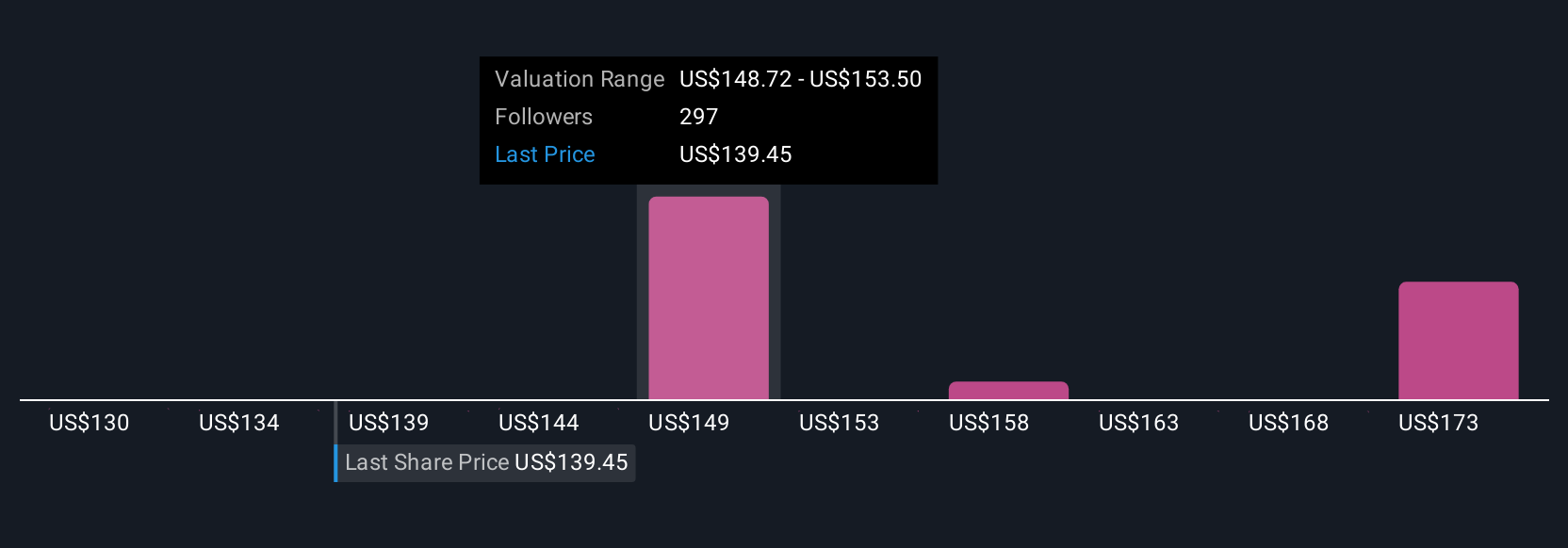‘Food on table’ outweighs health risks for Philippine e-waste dismantlers – Digital Journal

Report on Informal E-Waste Recycling and its Impact on Sustainable Development Goals
Case Study: Dexter Barsigan, Philippines
An examination of the livelihood of Dexter Barsigan, an informal e-waste recycler in the Philippines for 13 years, reveals significant challenges to the achievement of multiple Sustainable Development Goals (SDGs). Mr. Barsigan’s work involves manually stripping metals from discarded electronics, a practice that underscores critical issues in health, labor, and environmental management.
Analysis of SDG Implications
SDG 3: Good Health and Well-being & SDG 8: Decent Work and Economic Growth
The subject’s deteriorating health directly conflicts with the objectives of SDG 3 and SDG 8. The informal nature of his work exposes him to hazardous materials without safeguards, leading to occupational health problems.
- Health Impacts: After over a decade of work, Mr. Barsigan reports chronic physical ailments, including aching hands and blurred vision, which are symptomatic of exposure to hazardous substances found in e-waste. This undermines Target 3.9, which aims to reduce illnesses and deaths from hazardous chemicals and pollution.
- Labor Conditions: The employment does not constitute “decent work” as defined by SDG 8. It lacks safety protocols, social protection, and stability, placing workers in a state of precarious employment (Target 8.8). The inability to work due to health issues highlights a lack of economic security.
SDG 1: No Poverty & SDG 12: Responsible Consumption and Production
While this work provides a basic income, it fails to offer a sustainable pathway out of poverty and points to systemic failures in waste management systems.
- Precarious Livelihood (SDG 1): The income derived from selling scrap metal represents a survival strategy rather than a sustainable livelihood. It traps individuals in a cycle of hazardous work for marginal economic gain, failing to address the root causes of poverty as per SDG 1.
- Waste Management Failures (SDG 12): The existence of this informal recycling sector highlights a failure in achieving Target 12.5, which calls for substantially reducing waste generation through prevention, reduction, and recycling. The rudimentary, unsafe methods used indicate a lack of environmentally sound management of waste throughout its life cycle (Target 12.4).
1. Which SDGs are addressed or connected to the issues highlighted in the article?
The article highlights issues related to poverty, health, labor conditions, and waste management, which directly connect to several Sustainable Development Goals (SDGs). The analysis identifies the following relevant SDGs:
- SDG 1: No Poverty – The article describes an individual’s struggle to make a living, which points to issues of poverty and economic vulnerability.
- SDG 3: Good Health and Well-being – The health problems experienced by the worker, such as aching hands and blurred vision, are a direct consequence of his occupation, linking the article to health and well-being.
- SDG 8: Decent Work and Economic Growth – The nature of the work, described as informal, hazardous, and physically demanding, relates to the goal of ensuring decent and safe employment for all.
- SDG 12: Responsible Consumption and Production – The source of income is processing electronic waste (“scrapped laptops and air conditioners”), which is a key issue in sustainable consumption and production patterns, specifically concerning waste management.
2. What specific targets under those SDGs can be identified based on the article’s content?
Based on the issues discussed, several specific targets within the identified SDGs are relevant:
-
SDG 3: Good Health and Well-being
- Target 3.9: By 2030, substantially reduce the number of deaths and illnesses from hazardous chemicals and air, water and soil pollution and contamination.
Explanation: Dexter Barsigan’s work involves stripping scrapped electronics, which likely exposes him to hazardous materials like lead, mercury, and cadmium found in such devices. His symptoms of “aching hands” and “blurred vision” are illnesses directly resulting from this hazardous occupational exposure.
- Target 3.9: By 2030, substantially reduce the number of deaths and illnesses from hazardous chemicals and air, water and soil pollution and contamination.
-
SDG 8: Decent Work and Economic Growth
- Target 8.8: Protect labour rights and promote safe and secure working environments for all workers, including migrant workers, and in particular women migrants, and those in precarious employment.
Explanation: The article portrays a clear case of precarious and unsafe employment. Dexter works with his “bare hands and a pair of pliers,” indicating a lack of personal protective equipment (PPE) and a safe working environment. The resulting health issues underscore the failure to protect workers in the informal sector.
- Target 8.8: Protect labour rights and promote safe and secure working environments for all workers, including migrant workers, and in particular women migrants, and those in precarious employment.
-
SDG 12: Responsible Consumption and Production
- Target 12.5: By 2030, substantially reduce waste generation through prevention, reduction, recycling and reuse.
Explanation: The article’s subject matter is the informal recycling of electronic waste (“scrapped laptops and air conditioners”). While recycling is a positive action, the method described highlights the challenges in managing e-waste in a way that is both environmentally sound and safe for workers.
- Target 12.5: By 2030, substantially reduce waste generation through prevention, reduction, recycling and reuse.
3. Are there any indicators mentioned or implied in the article that can be used to measure progress towards the identified targets?
The article provides qualitative information that implies several indicators used to measure progress towards the identified targets:
-
For Target 3.9 (Reduce illnesses from hazardous materials):
- Implied Indicator: The article describes specific health ailments (“aching hands,” “vision started to blur”) which serve as anecdotal evidence for non-fatal occupational illnesses. This relates to the measurement of morbidity rates linked to occupational hazards, a key aspect of Indicator 3.9.2 (Mortality rate attributed to unsafe water, unsafe sanitation and lack of hygiene) and 3.9.3 (Mortality rate attributed to unintentional poisoning), as illness often precedes mortality.
-
For Target 8.8 (Promote safe working environments):
- Implied Indicator: The description of Dexter working with his “bare hands” implies a lack of safety measures. This can be linked to Indicator 8.8.1 (Frequency rates of fatal and non-fatal occupational injuries, by sex and migrant status). The health issues he suffers are a direct result of an unsafe work environment and can be classified as non-fatal occupational illnesses.
-
For Target 12.5 (Reduce waste generation):
- Implied Indicator: The mention of “scrapped laptops and air conditioners” points to the existence of a stream of electronic waste. This relates to Indicator 12.5.1 (National recycling rate, tons of material recycled). The article highlights the informal component of this recycling rate, which is often unmeasured but significant.
4. Table of SDGs, Targets, and Indicators
| SDGs | Targets | Indicators (Mentioned or Implied in the Article) |
|---|---|---|
| SDG 3: Good Health and Well-being | Target 3.9: Substantially reduce illnesses from hazardous chemicals and pollution. | The presence of occupational illnesses (“aching hands,” “blurred vision”) resulting from exposure to hazardous materials in e-waste. |
| SDG 8: Decent Work and Economic Growth | Target 8.8: Promote safe and secure working environments for all workers, especially those in precarious employment. | Evidence of unsafe working conditions (“bare hands and a pair of pliers”) and resulting non-fatal occupational health problems in the informal sector. |
| SDG 12: Responsible Consumption and Production | Target 12.5: Substantially reduce waste generation through recycling. | The activity of stripping “scrapped laptops and air conditioners” for metal points to an informal e-waste recycling stream. |
Source: wvnews.com

What is Your Reaction?
 Like
0
Like
0
 Dislike
0
Dislike
0
 Love
0
Love
0
 Funny
0
Funny
0
 Angry
0
Angry
0
 Sad
0
Sad
0
 Wow
0
Wow
0












































































